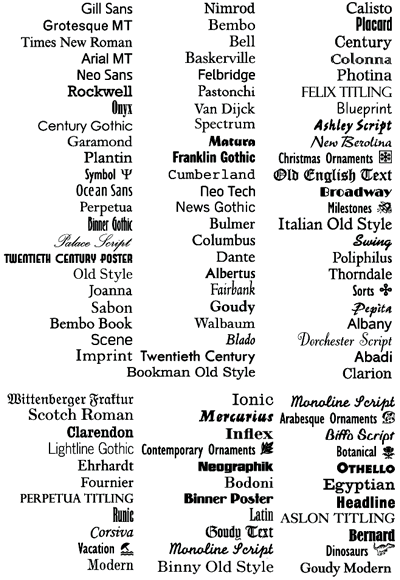POSITIVE AND NEGATIVE SENTENCES
in PRESENT PERFECT
WELCOME BACK! Still at home, but back to work! Let´s continue our practice with present perfect.
To make the positive present perfect tense, use:
- 'have' / 'has' + the past participle
- Make the past participle by adding 'ed' to regular verbs (for example, 'play' becomes 'played')
- There are a few verbs that change their spelling when you add 'ed' (for example, 'study' becomes 'studied')
- We also have some completely irregular verbs
(Also, here's some help if you are not sure how to pronounce '-ed' at the end of a verb).
| Positive | Positive Short Form |
| I have played | I've played |
| you have worked | you've worked |
| he has written | he's written |
| she has walked | she's walked |
| it has rained | it's rained |
| we have travelled | we've travelled |
| they have studied | they've studied |
The negative is really simple too. Just put 'not' after 'have' or 'has':
| Negative | Negative Short Form |
| I have not eaten breakfast today | I haven't eaten |
| you have not been to Asia | you haven't been |
| he has not seen the new film | he hasn't seen |
| she has not played tennis | she hasn't played |
| it has not snowed this winter | it hasn't snowed |
| we have not slept all night | we haven't slept |
| they have not tried the food | they haven't tried |
SOURCE:
https://www.perfect-english-grammar.com/present-perfect.html












